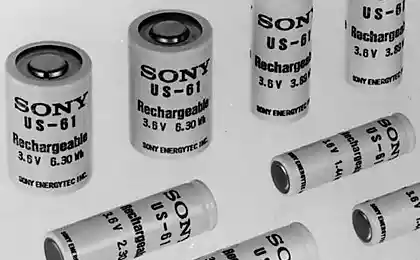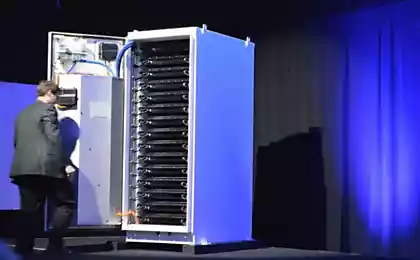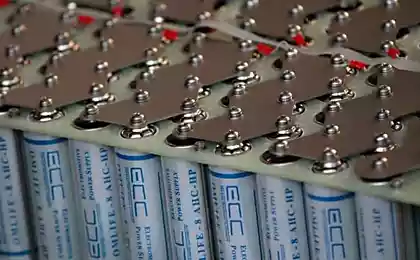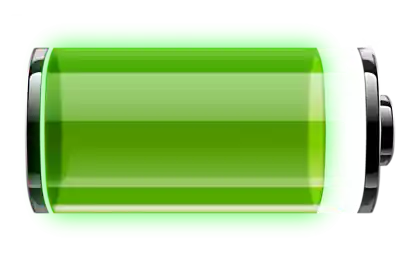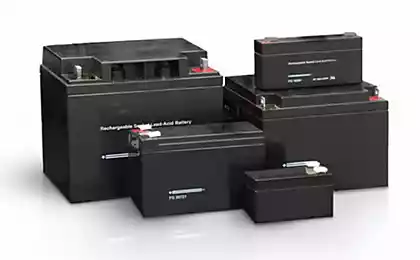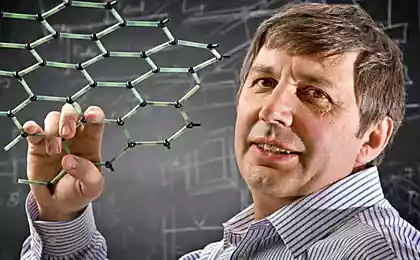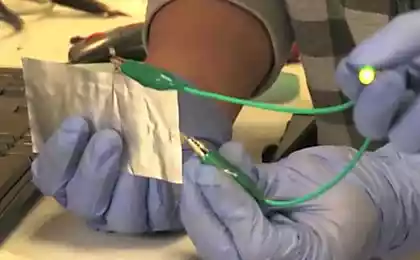1253
Battery lithium-sulfur batteries with graphene shell

According to the resource Phys.org , a group of scientists led by Dr. Vasantha Kumar -ra from Cambridge University and Professor. Renji Chen from the Beijing Institute of Technology has created a new form of cathodes for литий-серных Battery using graphene. Scientists have used the so-called metalorganicheskie structure , which has been actively investigated and used for hydrogen storage, the creation of various membranes and catalysts reactions.
When using ultrasound to create managed porous carbon conductive network, wherein the carbon nanoparticles gray store energy and enter into chemical reactions. A wrap thereafter if everything in a graphene layer, the transport speed of electrons and ions, increases. "Our carbon" cell "works as a physical barrier, retaining the active materials in its porous structure" - says one researcher, Kai Xi. "Increasing the stability and efficiency of charge cycles the battery." In practical terms, the study opens up the possibility to create a high-speed non topotakticheskih (not requiring changes in the crystalline structure of the material) energy storage systems. < br />
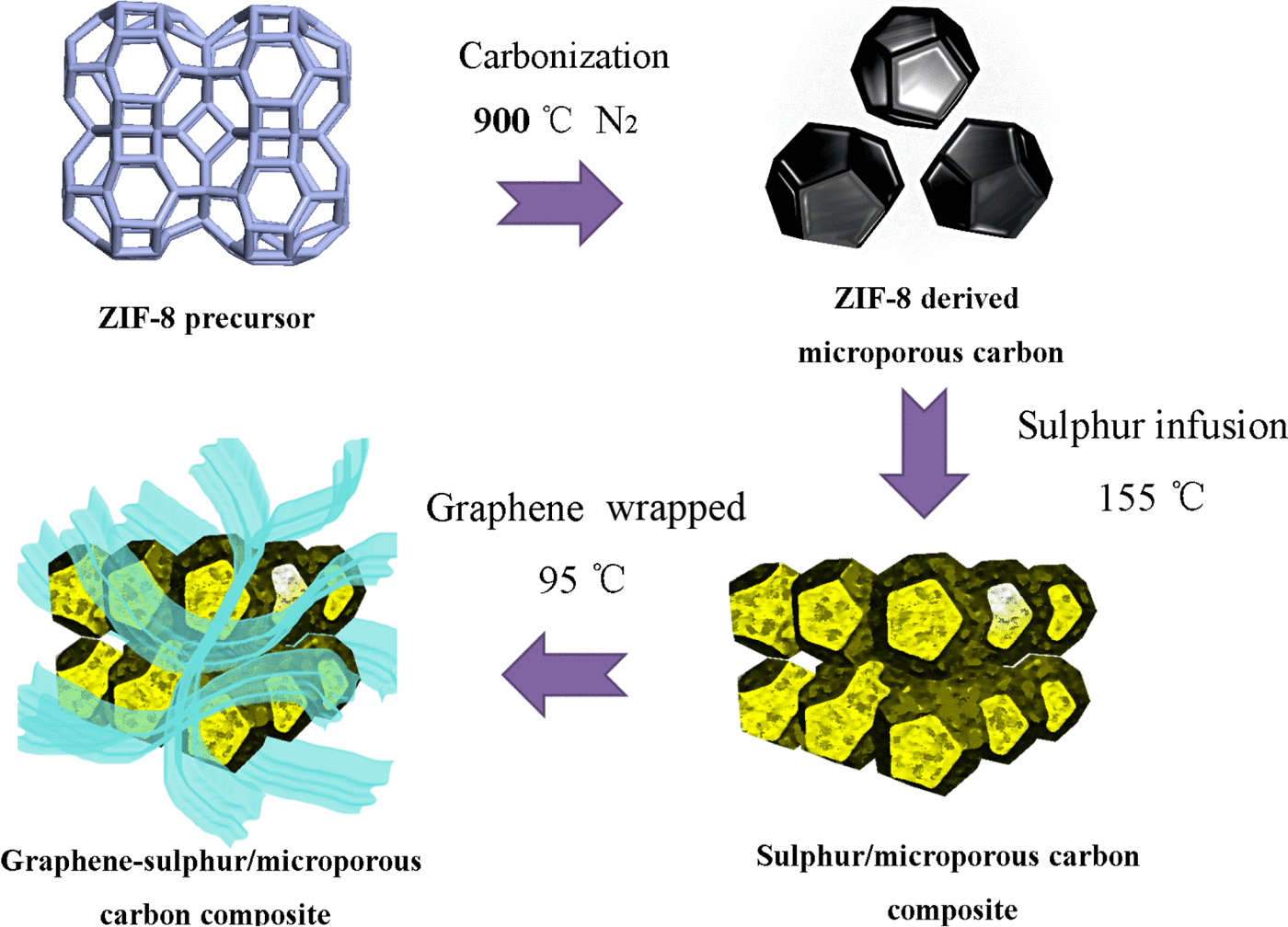

Lithium-sulfur batteries - very promising technology. Their first samples were obtained relatively recently, just 10 years ago. The design of the battery is similar to the ионно-литиевым batteries , but with lithium anode is used sulfur-containing cathode, due to which increases its specific charge capacity. It is also possible to use liquid cathode current density increases. The advantage of Li-S - specific capacity, already constituted in the first models to 300 W • h / kg, which is two times more lithium ion polymer batteries. The theoretical specific capacity of up to 2600 W • h / kg.
Other advantages of lithium-sulfur batteries include the lack of need to use protection components, low cost, wide range of temperatures at which a battery is able to work, and the overall ecological safety. The only reason that you do not carry in your pocket Li-S - a very short lifetime (a total of 50-60 charge-discharge cycles). If this problem can be solved, then we are waiting for a bright future with a very long-running (and most likely, very powerful) smartphones.
Source: geektimes.ru/post/243115/
Innovations that changed the world for the better in 2014
New kiberprotezy already connected directly to the nerves






